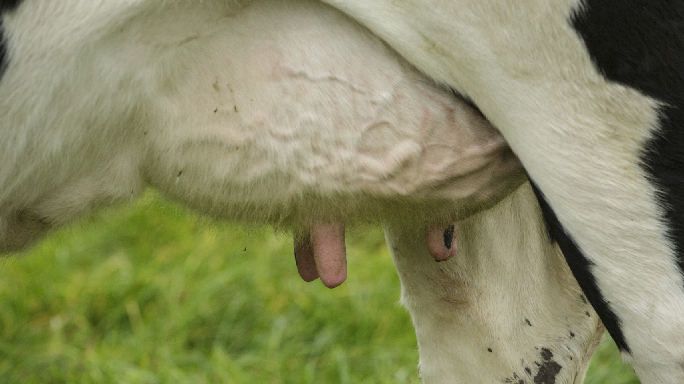Mastitis in early lactation

Mastitis can be a major issue throughout lactation, but in particular during the early lactation. There are a number of measures you can address which will help minimise the impact of mastitis at calving.
Start with calving boxes. Clean out as regular as possible, ideally after every calving. The calving area be it group or individual pens can be a major cause of mastitis especially to in-calf heifers as they have no dry cow tube or internal teat sealer and also towards the end of the calving season when infection rates have built up in pens.
Cubicle Hygiene is crucial in spring, liming cubicles twice per day with automatic scrappers running every 3 to 4 hours will help greatly in reducing infection rates on cubicle beds and help greatly in keeping them dry and clean. Applying a disinfectant lime product once per week can be a significant help to keep infection rates down.
What you do in the milking parlour is one of the most significant factors in causing mastitis and facilitating its spread through the herd. Have a new set of liners for the start of the season. They will facilitate better milk out and prevent the transfer of infection during milking.
Always have a new pair of milking gloves for every milking, when inspecting cows and for milking, always pre spray with teat spray, strip out cows and dry wipe. This will greatly impact on milk let down and prevent you from spreading infection via your gloves.
Post spray all cows post milking ensuring 15 mls per cow per milking is applied. Check that all teats are covered well.
For any more information on mastitis/ milk quality contact your local milk quality manager.
First Published: 30 March 2021
Tagged with: Dairy
